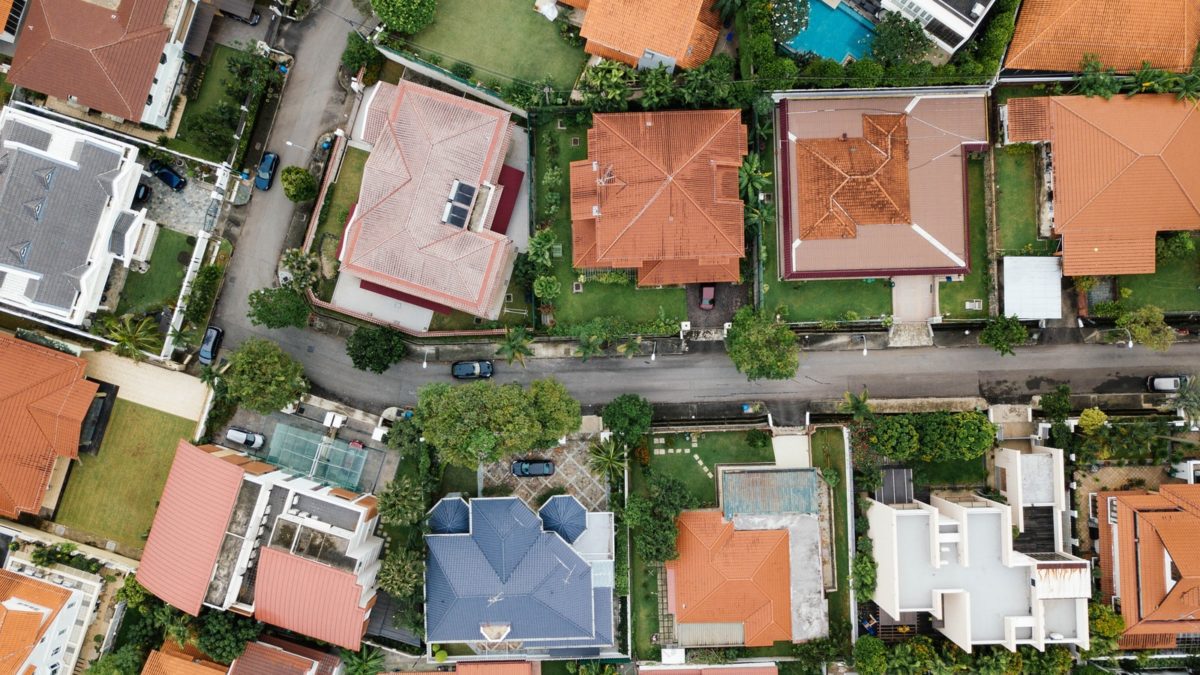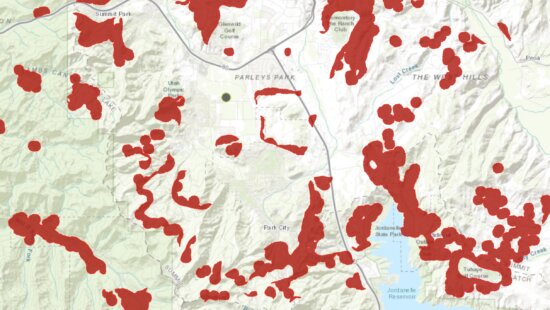Real Estate
Investing: Young adults are co-buying property with friends

Salt Lake City renters are thinking out of the box when it comes to how they can afford to become homeowners. Photo: CHUTTERSNAP
SALT LAKE CITY, Utah — One night, Joey Howell and his roommate of three years were drinking beer and hanging out when their conversation turned to real estate. Two of their friends had recently teamed up to buy their first home together.
“I think that kind of inspired us as we were like, ‘Oh, hey, that seems like a great idea,’” Howell, 32, said.
After years of renting, Howell said he grew tired of not building equity and being unable to work on home improvement projects with his roommate.
That conversation turned into reality in 2015 when the two co-bought a 3-bedroom, 2-bath single-family home near Liberty Park for about $250,000. They agreed to split the costs of the house down the middle.
As young adults face increasing home costs coupled with stagnant wages and significant student debt, millennials — the cohort born between 1981 and 1996 — are co-buying property with their friends to achieve the dream of homeownership, The Salt Lake Tribune reports.
Millennial homeownership trends
Between 2014-2021, real estate data obtained by The Wall Street Journal shows the number of co-buyers with different surnames soared by 771%.
It’s a trend that signals the lack of affordable housing options, according to Dejan Eskic, a senior research fellow at the University of Utah’s Kem C. Gardner Policy Institute.
“Housing ownership continues daily to be out of reach for more and more people because prices are accelerating so fast,” Eskic said.
Just under 40% of people under the age of 35 owned homes in 2020, according to the U.S. Census Bureau. That’s compared to about 80% of people over the age of 65 who were homeowners. In Utah last year, roughly 42% of home loan applicants were below 34, according to Eskic.
In previous generations, it was common for people to get help from their parents to afford a down payment for a home. However, millennials are the first generation likely to have lower net wealth than their parents, Eskic added.
Middle-class wealth is often stored in home equity, he said.
“If you’re a renter, your equity is less than $10,000, and so that has huge implications,” he said. “Millennials are falling behind.”
After living in the home for years, Howell and who he jokingly refers to as his “platonic house partner,” decided last year that it was time to sell. They sold the home for almost twice its purchase price during the early days of the pandemic. Months later, Howell purchased another 3-bedroom, single-family home in the same neighborhood. This time on his own.
Howell said he would not have been able to afford the down payment of his new $460,000 single-family home in Salt Lake City without the gains he made from selling the first property with a friend.
“I would not be able to afford this house,” Howell said. “The decision to do that with my roommate was like one of the best decisions I’ve ever made.”
Eric Stonehill, 33, the mutual friend who inspired Howell to go 50/50 on his first home, recently sold the single-family bungalow he bought with his roommate after accepting a job offer in Denver.
Stonehill, who works as a chemical engineer, however, has some regrets about selling the house during the COVID-19 crisis. After selling the home in April for almost triple the amount he and his roommate originally bought it for, Stonehill now feels priced out of the housing market. Looking to move back to Salt Lake City, he plans to buy a duplex with a friend.
“I’m in the exact same spot I was (seven) years ago as far as where I can get into the market,” he said. “Most of that is courtesy of the pandemic and there being no inventory.”
Howell and Stonehill agree it’s critical to move in with someone you trust and to have a sound exit plan before splitting a house with a friend.
“It’s a good investment, Eskic said. “You’re not just losing money on rent, you’re actually building toward something.”




















